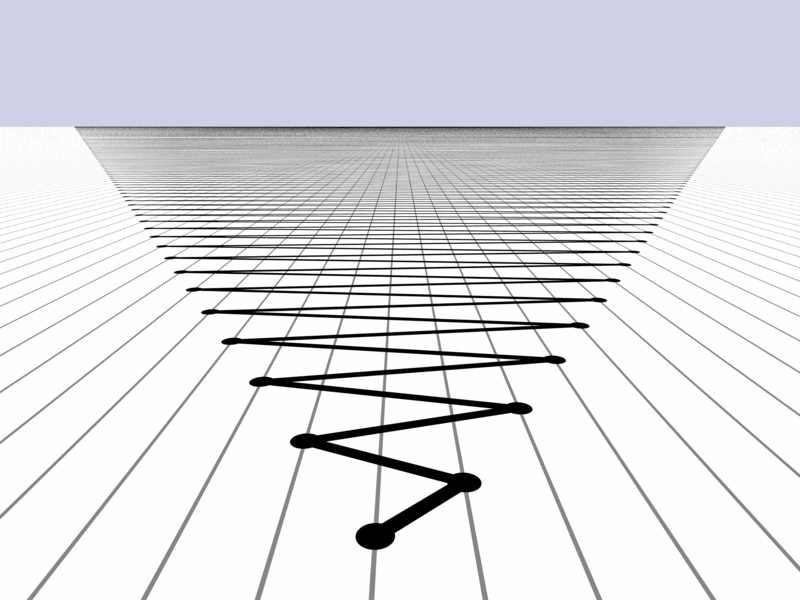1 + 2 + 3 + ...

Here's something mind-blowing:
If you take the sum of the first couple of natural numbers you get the triangle numbers:

$$T_{1} = 1$$
$$T_{2} = 1 + 2$$
$$T_{3} = 1 + 2 + 3$$
$$T_{n} = (n)(n-1)/2$$
So essentially the series 1 + 2 + 3 + 4 + ... is the area of an nxn triangle.
So we let the series be:
$$ c = 1 + 2 + 3 + 4 + ... $$
By multiplication:
$$ 4c = 4 + 8 + 12 + 16 + ... $$
If we then insert some zeros:
$$ 4c = 0 + 4 + 0 + 8 + 0 + ... $$
Then take the difference between the two we get:
$$ - 3c = 1 - 2 + 3 - 4 + 5 - 6 + 7 ... $$
So what does this new series sum up to? We know the geometric series:
$$ \sum\limits_{n=0}^\infty r^n = 1 + r + r^2 + r^3 + ... = 1/(1-r) $$
Taking the derivative with Quotient Rule on the RHS and power rule on the left:
$$ \sum\limits_{n=0}^\infty nr^{n-1} = 1/(1-r)^2 $$
With r=-1:
$$ 1/(1+1)^2 = \sum\limits_{n=0}^\infty n(-1)^{n-1}$$
$$ 1/4 = 1 - 2 + 3 - 4 + 5 - 6 + 7 ...$$
So from earlier we get:
$$ -3c = 1/4 $$
$$ c = -1/12 $$
So
$$ 1 + 2 + 3 + 4 + 5 + ... = -1/12 $$

Of course, there was something wonky with the derivation we just did. Randomly inserting zeros into a divergent series to match the subtraction will cause inconsistent results if you place them in different locations. There are ways to handle that with by constraining where the zero's get placed by depending on another function.
Math is weird.

Member discussion